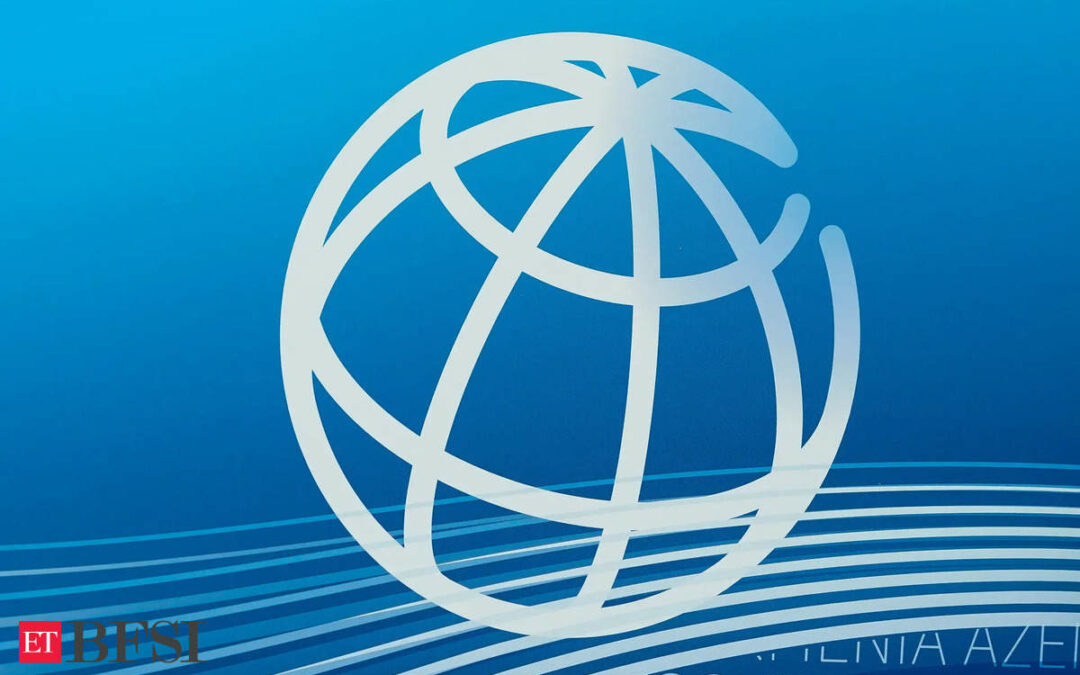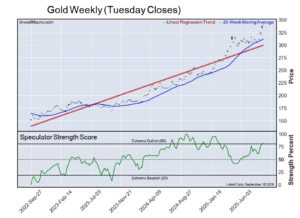The World Bank on Thursday uped India’s economic growth forecast for the current fiscal year, ending in March 2025, to 7% year-on-year, up from April’s estimate of 6.6%, helped by a rebound in agricultural output and increased private consumption.
“You have an emerging class of consumers in India that’s driving the economy forward, you have recoveries from crises in Sri Lanka and in Pakistan, you also have a tourism-led recovery in Nepal and Bhutan,” Martin Raiser, World Bank Vice President for South Asia, told Reuters.
The RBI’s rate-setting panel on Wednesday retained its real Gross Domestic Product (GDP) forecast at 7.2 per cent for FY25. With this, the RBI has now pegged growth rate for Q2 at 7% (reduced from 7.2%), Q3 at 7.4% (up from 7.3%%) and Q4 at 7.4%. For Q1 FY26, the growth rate was kept at 7.3%.
Meanwhile, the central bank left its inflation forecast for this fiscal year unchanged at 4.5%, even amid caution on food prices and intensifying geopolitical tensions that may disrupt energy supplies and take crude prices further higher.
“The MPC noted that the domestic growth outlook remains resilient supported by domestic drivers – private consumption and investment. This provides headroom for monetary policy to focus on the goal of attaining a durable alignment of inflation with the target,” said Das.
India’s central bank projection reflects the underlying strength of India’s macro-fundamentals, with domestic drivers – private consumption and investment – playing a major role. The IMF has also revised India’s GDP growth upwards to 7.0 per cent, citing improved prospects for private consumption, particularly in rural areas. The World Bank has also upgraded India’s growth forecast to 7.0 per cent fo










